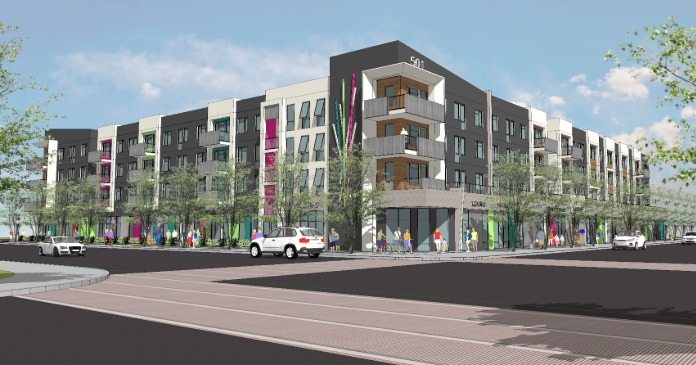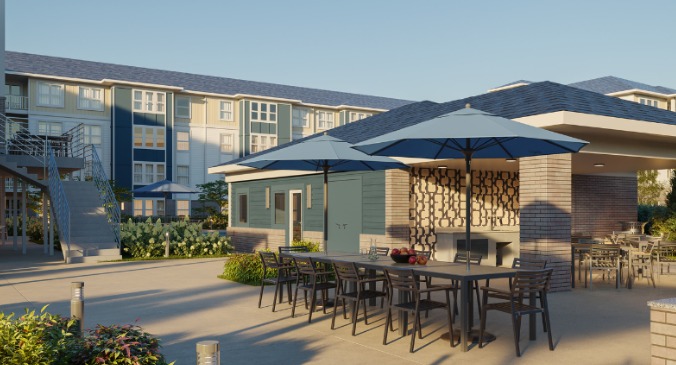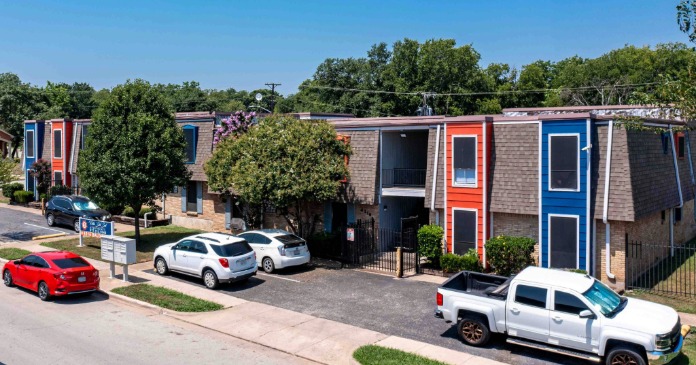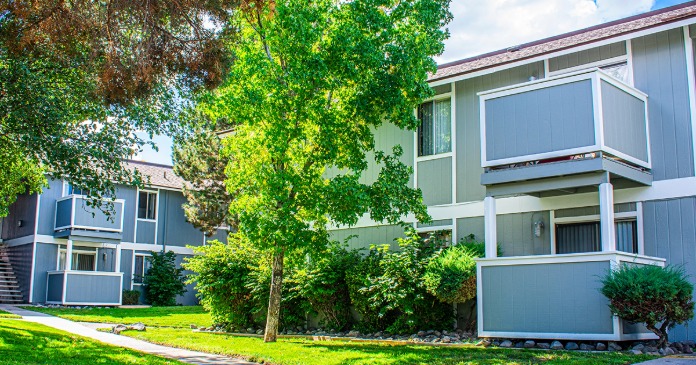The HOME Investment Partnerships Program, the largest federal block grant dedicated to affordable housing, is at the center of an intense funding battle for FY 2026. With the Trump administration proposing to eliminate the program entirely, and the House Republican appropriations bill zeroing out its funding, the future of the HOME program is uncertain. Meanwhile, the Senate shows signs of opposing cuts to the program, making its fate a key issue in congressional budget negotiations.
What is the HOME program?
HOME provides block grants to states and local governments to build, buy, and rehabilitate affordable housing or provide rental assistance to low-income families. Since 1992, it has helped create or preserve over 1.39 million affordable homes and assisted more than 400,000 households with rental support. Funds are flexible for local priorities and often used as gap financing in developments using Low-Income Housing Tax Credits (LIHTC).
In FY 2025, the program received $1.25 billion in federal funding. However, with the FY 2025 federal deficit projected to reach $1.8 trillion and the national debt exceeding $36 trillion (120 percent of GDP), all discretionary spending is receiving scrutiny.
Trump Administration seeks elimination
The Trump administration’s FY 2026 budget proposes eliminating the HOME program as part of a 44 percent reduction in HUD’s overall budget. Officials argue that local and state governments are better suited than the federal government to address housing affordability, citing regulatory barriers and inefficiencies in federal programs.
HUD Secretary Scott Turner reinforced this view during Congressional testimony. The administration points out that as of early 2025, over $5 billion in previously awarded HOME funds remain undisbursed—suggesting federal funding outpaces local implementation capacity.
House Republicans follow Trump’s lead
The House Appropriations Committee voted in July 2025 to cut HOME funding to zero in its FY 2026 Transportation, Housing and Urban Development (THUD) bill. The House’s reasoning centered on the belief that funding remains available through HOME-ARP (HOME-American Rescue Plan), which authorized $5 billion in additional HOME program spending.
Chairman Tom Cole (R-OK) and THUD Subcommittee Chairman Steve Womack (R-AR) emphasized the need to trim federal spending and suggested redundant funding streams justify the cut.
However, HOME-ARP has different eligibility requirements and time-limited uses, and housing advocates argue it cannot replace the HOME program’s core functions—particularly in new construction and rental assistance.
Senate pushback expected
The Senate, traditionally more supportive of housing programs than the House, is likely to resist eliminating HOME. During a June 2025 HUD hearing, Senate THUD Subcommittee Chair Cindy Hyde-Smith (R-MS) expressed concerns over ending the program, and Ranking Member Kirsten Gillibrand (D-NY) highlighted the need to preserve funding for housing affordability.
Senate Appropriations Chair Susan Collins (R-ME) and Vice Chair Patty Murray (D-WA) have supported HOME in past cycles, and many expect the Senate’s FY 2026 THUD bill to include at least partial funding. This sets the stage for difficult negotiations between House and Senate budget writers.
Housing advocates mobilize
A broad coalition of housing organizations has come out strongly against the proposed elimination.
- The HOME Coalition, representing over 40 national groups, is urging Congress to appropriate at least $1.5 billion for the HOME program in FY 2026.
- The ACTION Campaign, focusing on LIHTC, rarely engages in appropriations debates but made an exception this year, citing HOME’s essential role in financing affordable housing.
- National Association of Counties and U.S. Conference of Mayors have issued calls to fully fund the program at $2.5 billion, emphasizing HOME’s economic and community benefits.
These groups stress that HOME leverages significant private and public investment. According to HUD data, every $1 in HOME funding attracts nearly $5 in additional investment, supports job creation, and fuels local economies.
Key arguments against elimination
- Leverage and impact: HOME has supported more than 2 million jobs and over $140 billion in local economic activity.
- Critical financing tool: Nearly 60% of HOME rental units are developed alongside LIHTC financing, providing essential gap funding.
- Flexibility: Unlike many federal programs, HOME allows local governments to determine how best to use their funds—whether through rehabilitation, homeownership, or rental support.
- Serving vulnerable populations: All HOME beneficiaries must be low-income, with stricter thresholds for rental housing, ensuring that funds go to those in greatest need.
- Undisbursed funds misconception: Critics argue that undisbursed balances reflect the long development timelines of housing projects, not a lack of need or relevance.
Possible Senate alternatives
The Senate is expected to present either:
- Full or partial restoration of funding (somewhere between $1 billion and $1.5 billion),
- Programmatic reforms to address perceived inefficiencies,
- A call for better alignment of HOME with LIHTC and other federal housing policy tools.
Ideas circulating include streamlining the application processes, simplifying environmental reviews, and improving cross-program coordination, though no formal GOP-Democrat agreement has emerged.
Fiscal and housing context
The debate unfolds amid rising housing costs and a persistent shortage of affordable units—especially acute in rural areas and smaller cities. HOME’s elimination would disproportionately affect these communities, many of which lack sufficient resources to maintain programs without federal aid.
Housing analysts warn that eliminating $1.25 billion in HOME program spending could reduce over $6 billion in total housing investment annually when factoring in leveraged funds. The construction, mortgage finance, and nonprofit housing sectors would all feel ripple effects.
To put this into perspective, U.S. residential construction spending in 2024 was around $930 billion.
Historically, HOME has been a target for budget cuts but never outright elimination. Funding peaked at $2 billion in early 2000s and has declined steadily since FY 2010.
Next steps in the process
Congress faces several deadlines and decision points:
- Senate THUD Bill release: Expected during late summer or early fall.
- September 30, 2025: End of the fiscal year. If no budget is in place, a continuing resolution (CR) may maintain HOME at current levels ($1.25B) temporarily.
- Conference Committee: If Senate and House bills diverge significantly—as expected—a committee will need to reconcile differences.
Considering the scale of disagreement, funding compromises or last-minute deals are likely.
The core debate: Role of the Federal Government
At its heart, the HOME debate reflects deeper divisions:
- Supporters of elimination argue the federal government should reduce direct involvement in housing and empower states and localities with more flexible, non-prescriptive tools or rely on private-market solutions.
- Opponents believe that without direct federal investment like HOME, many communities—especially low-population or high-poverty areas—would fall through the cracks, exacerbating the housing crisis.
Conclusion
The future of the HOME Investment Partnerships Program, at least in the near-term, will be decided as Congress finalizes FY 2026 appropriations in the coming months. While the House recommends zeroing out funding and the administration supports elimination, bipartisan resistance in the Senate and advocacy from housing stakeholders may preserve the program—at least in some form.
The outcome will influence not just the availability of affordable housing, but it may set the broader direction of U.S. housing policy in coming years.













